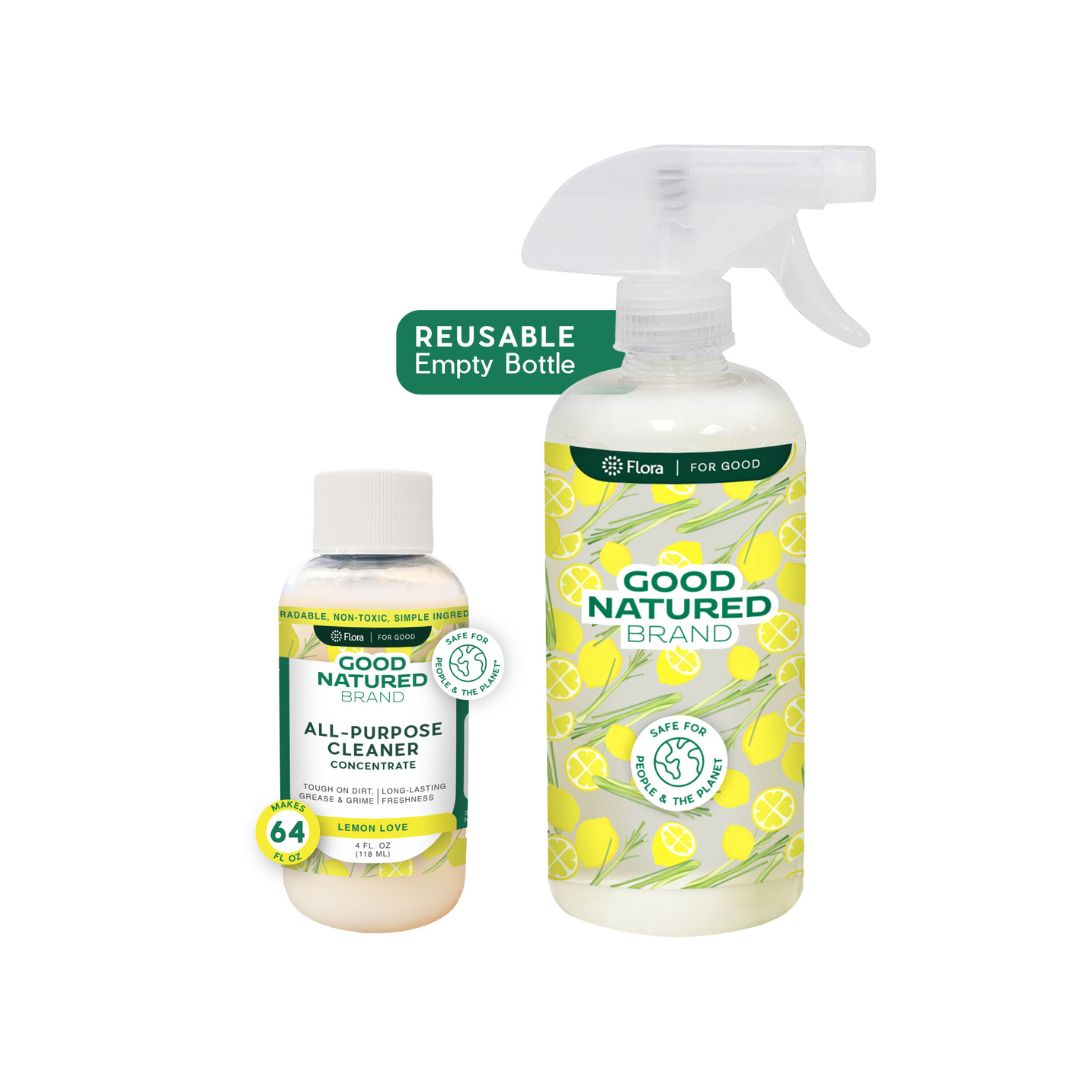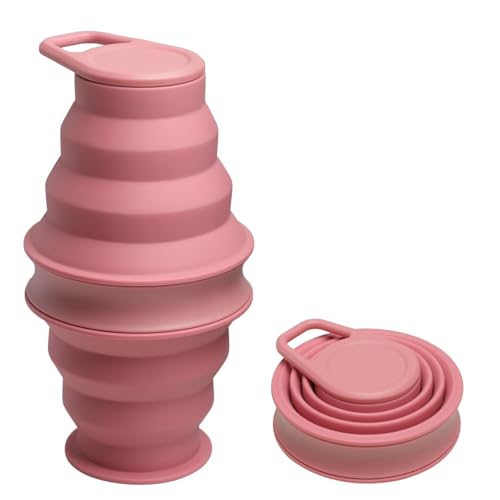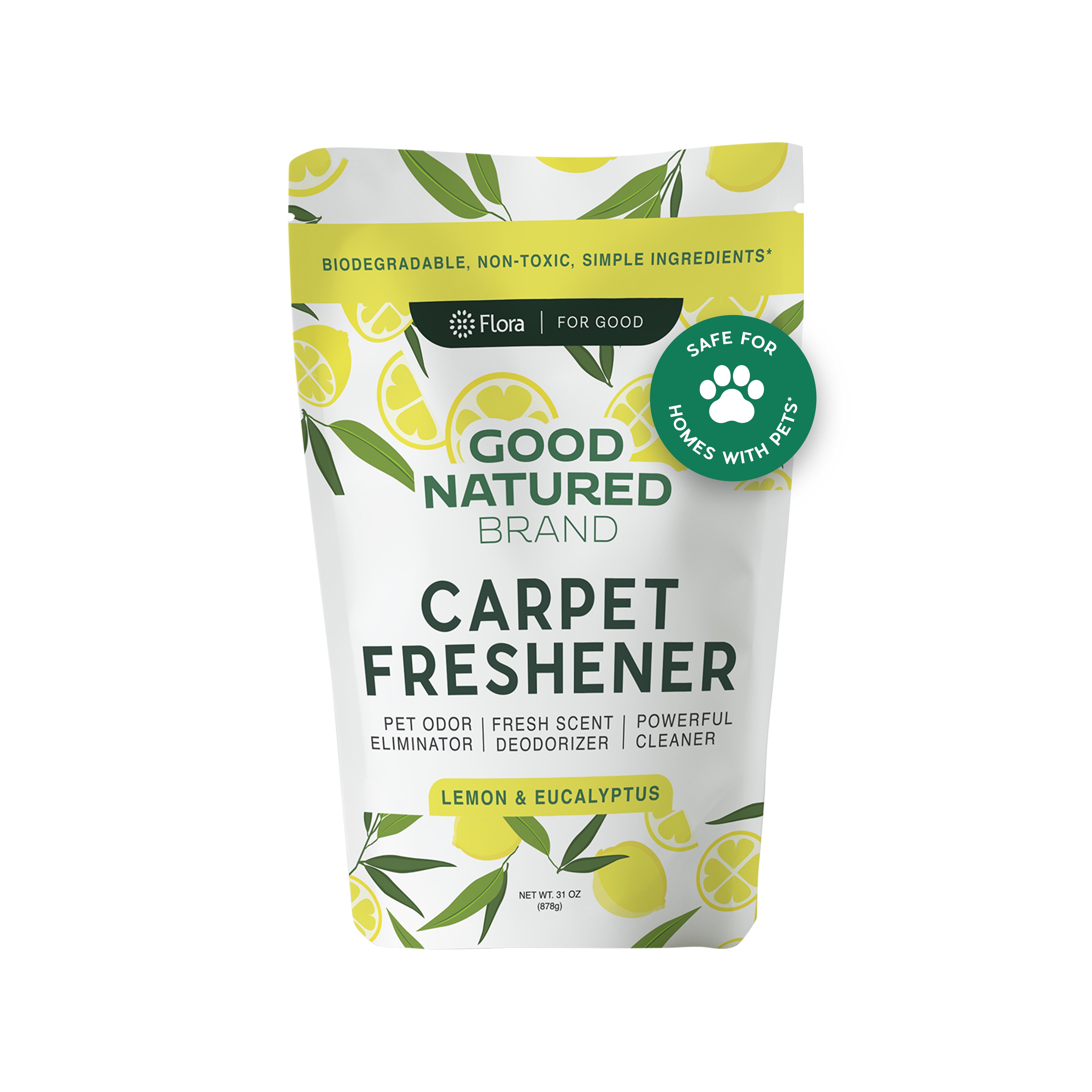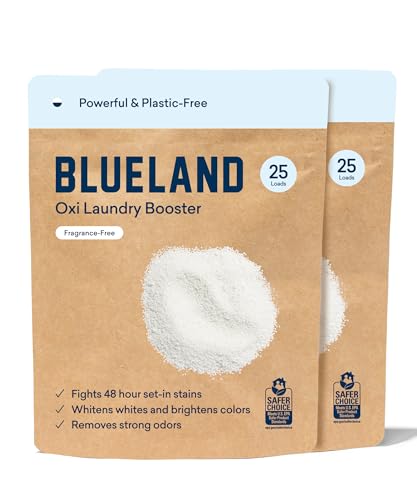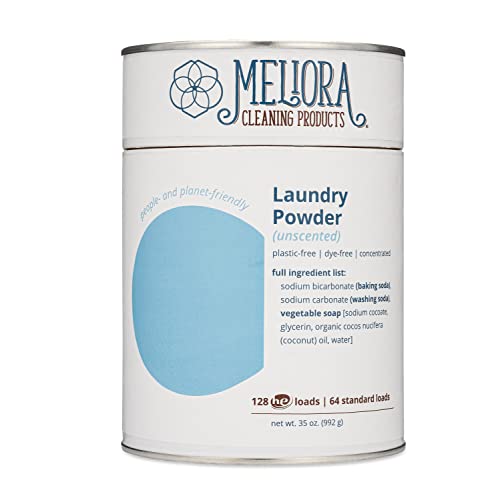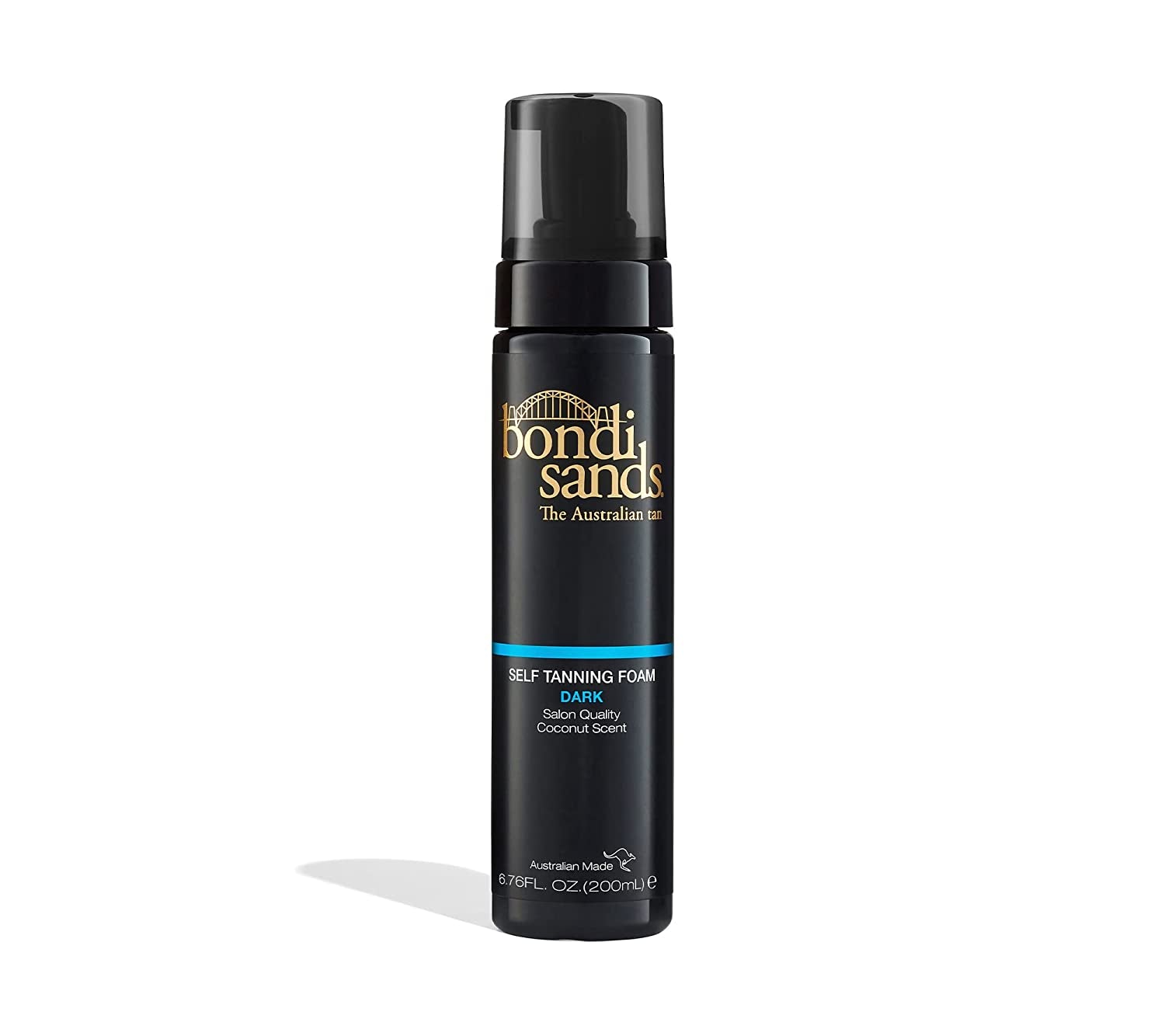
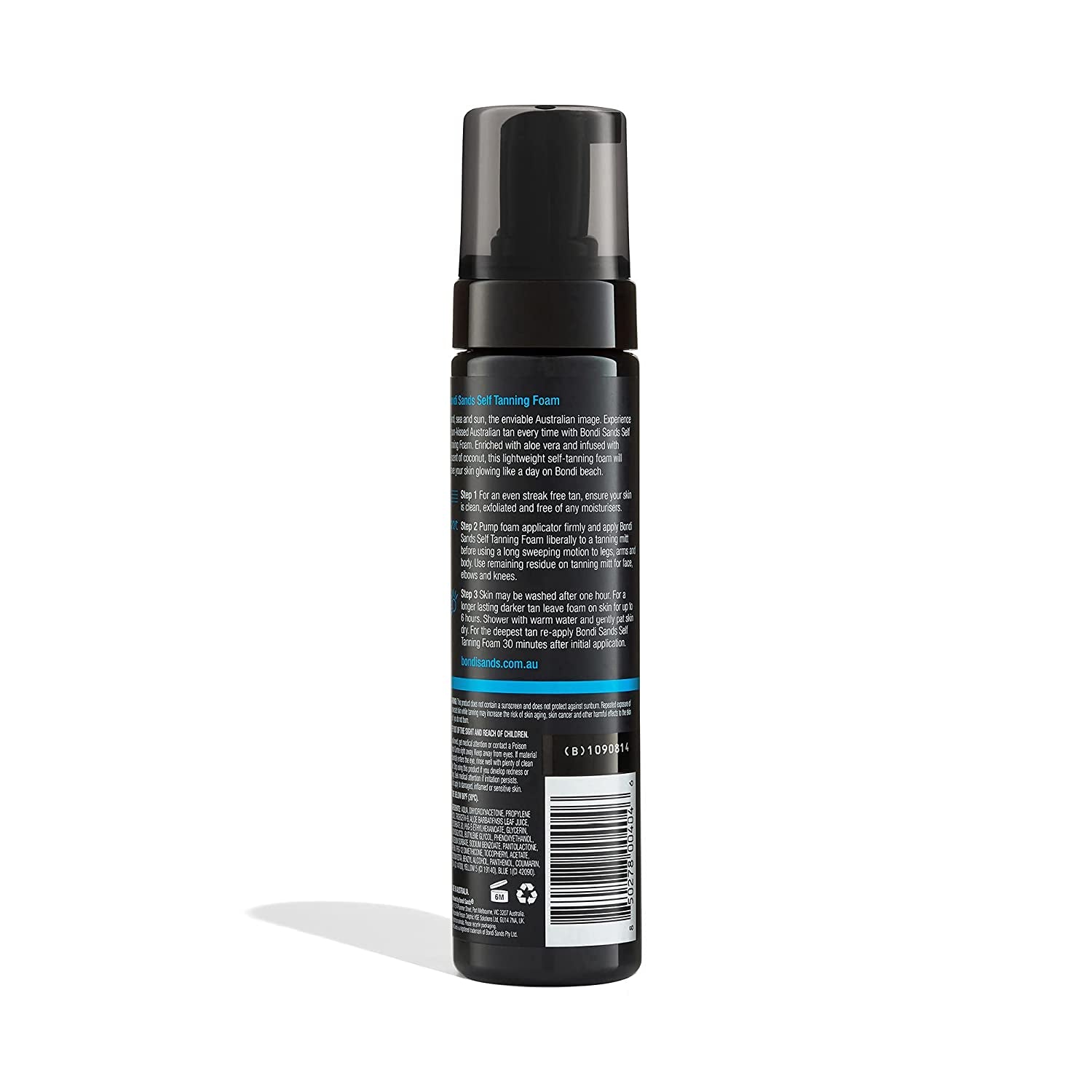
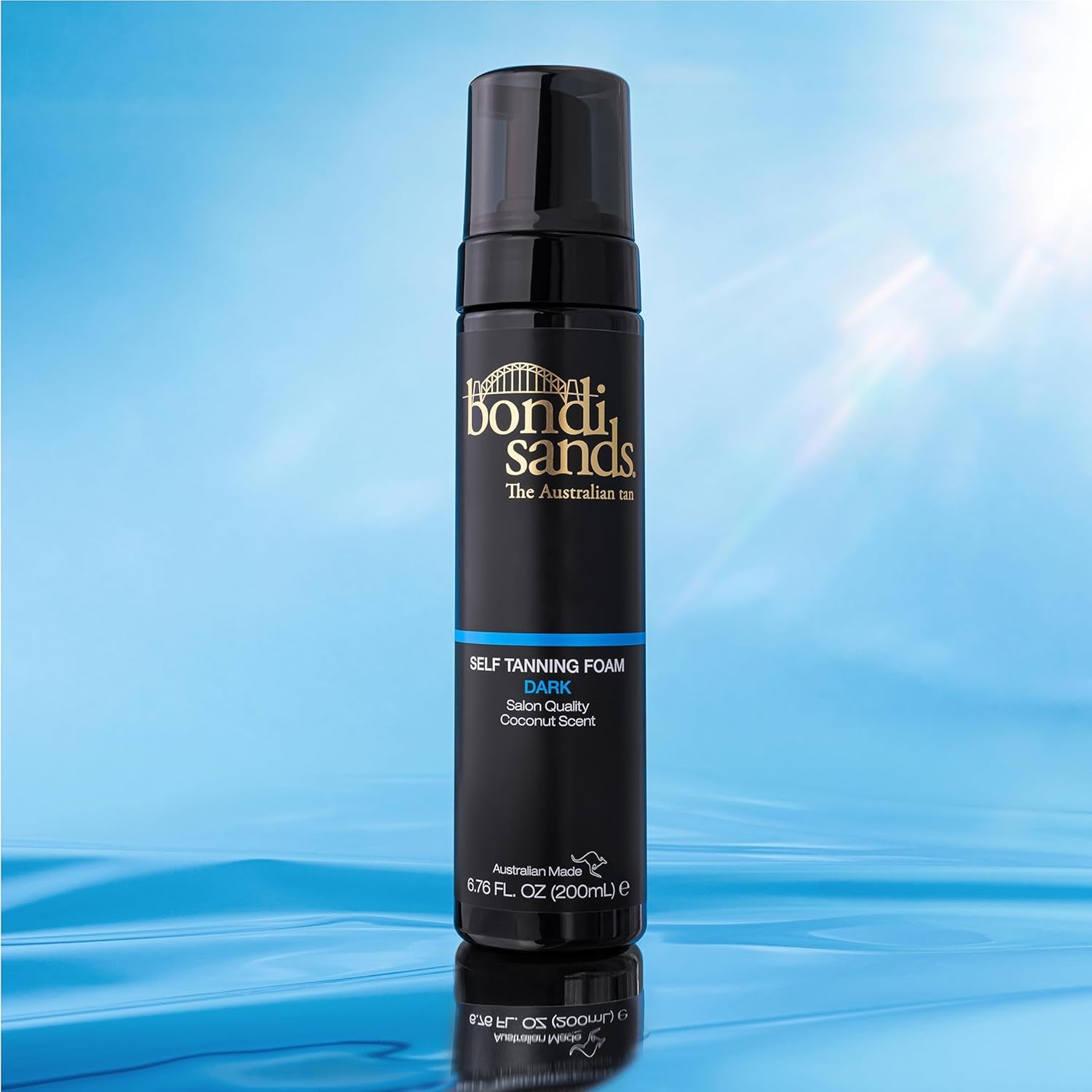
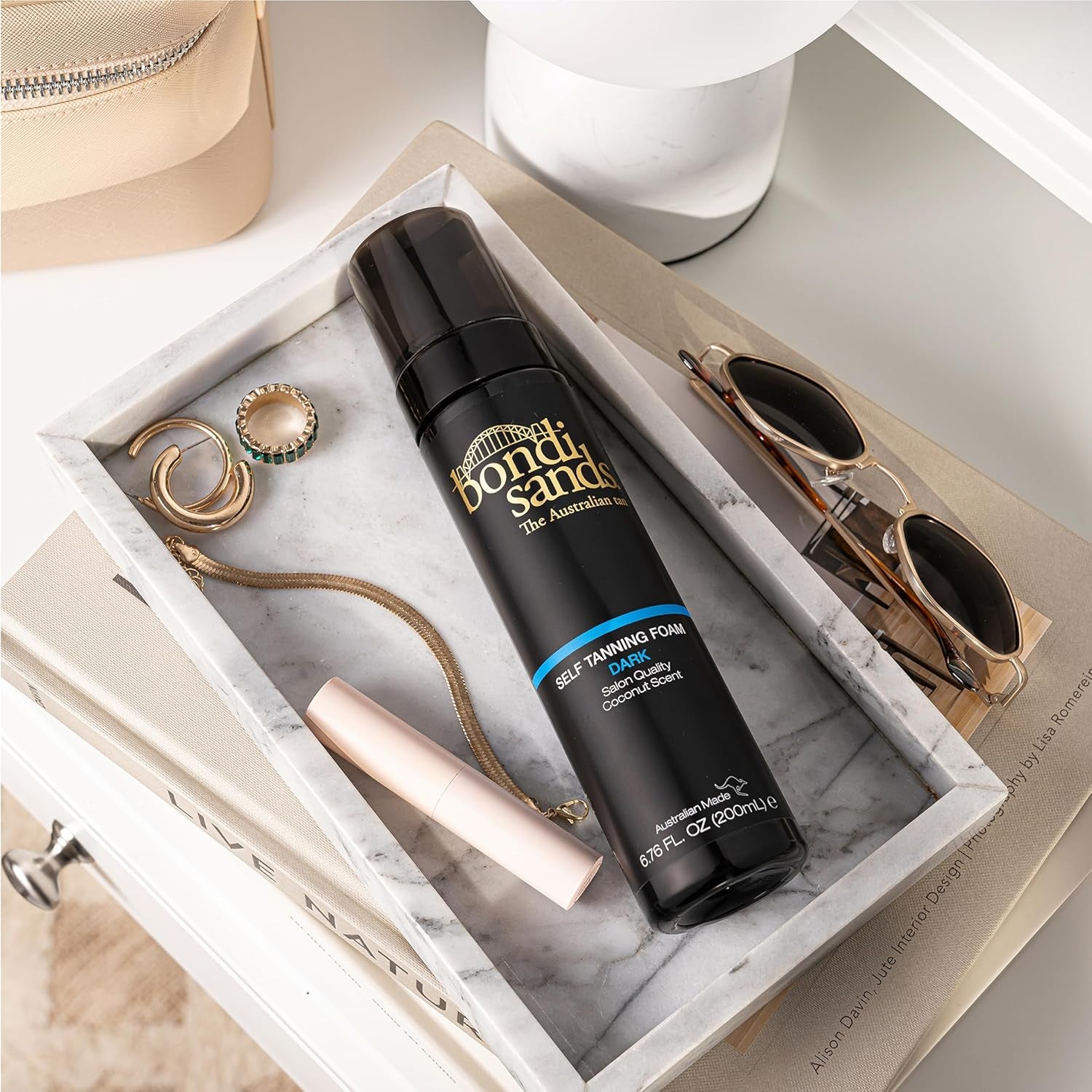
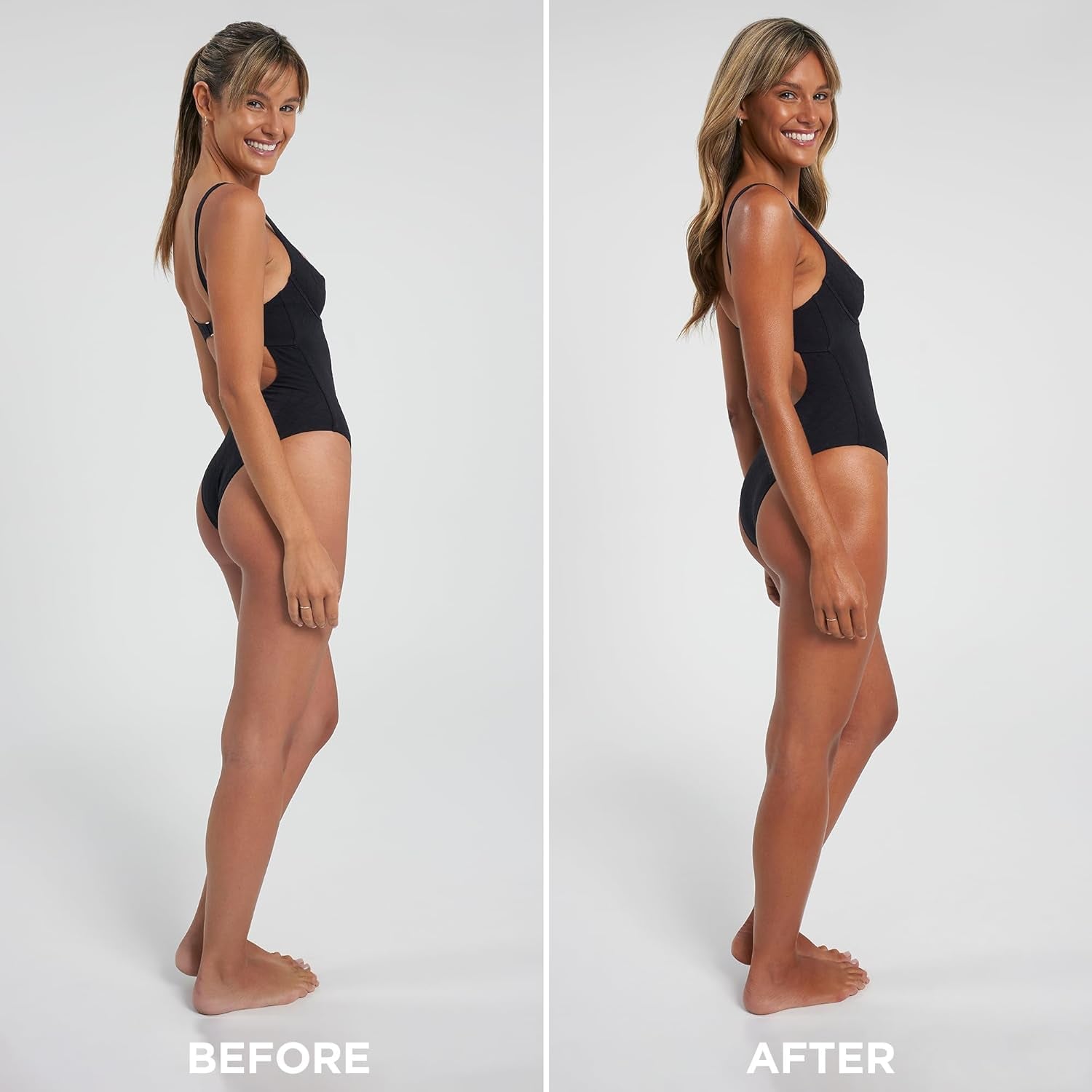
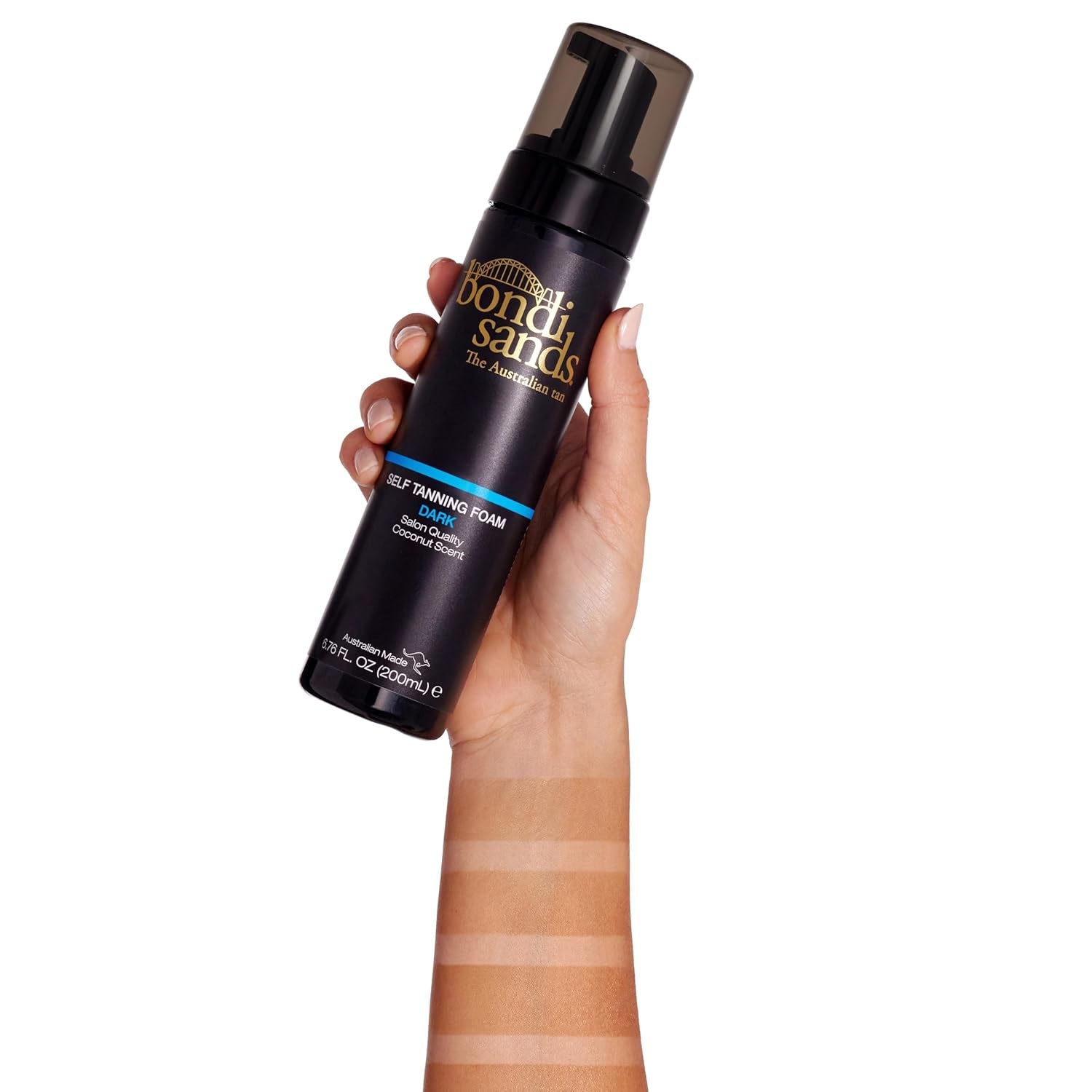
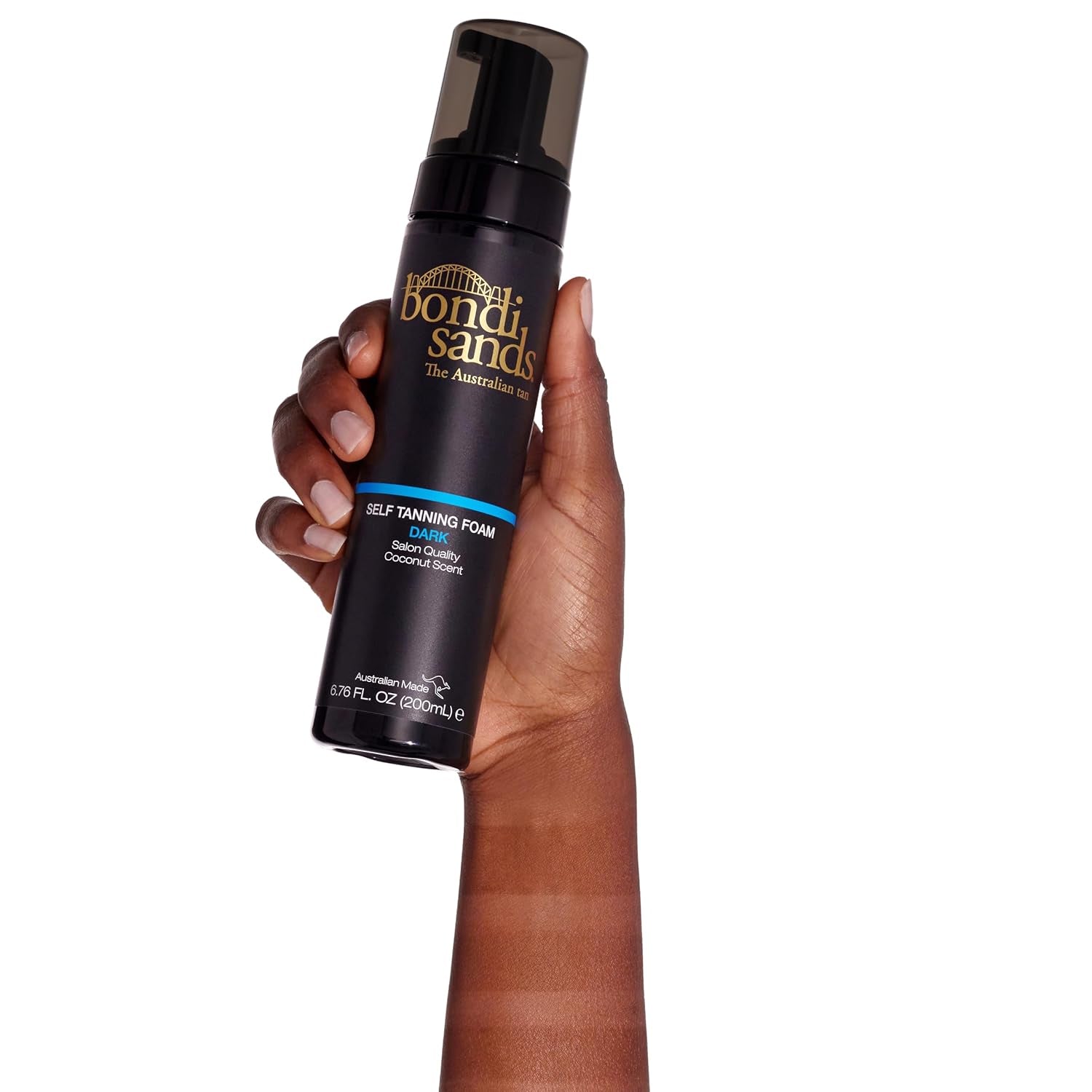
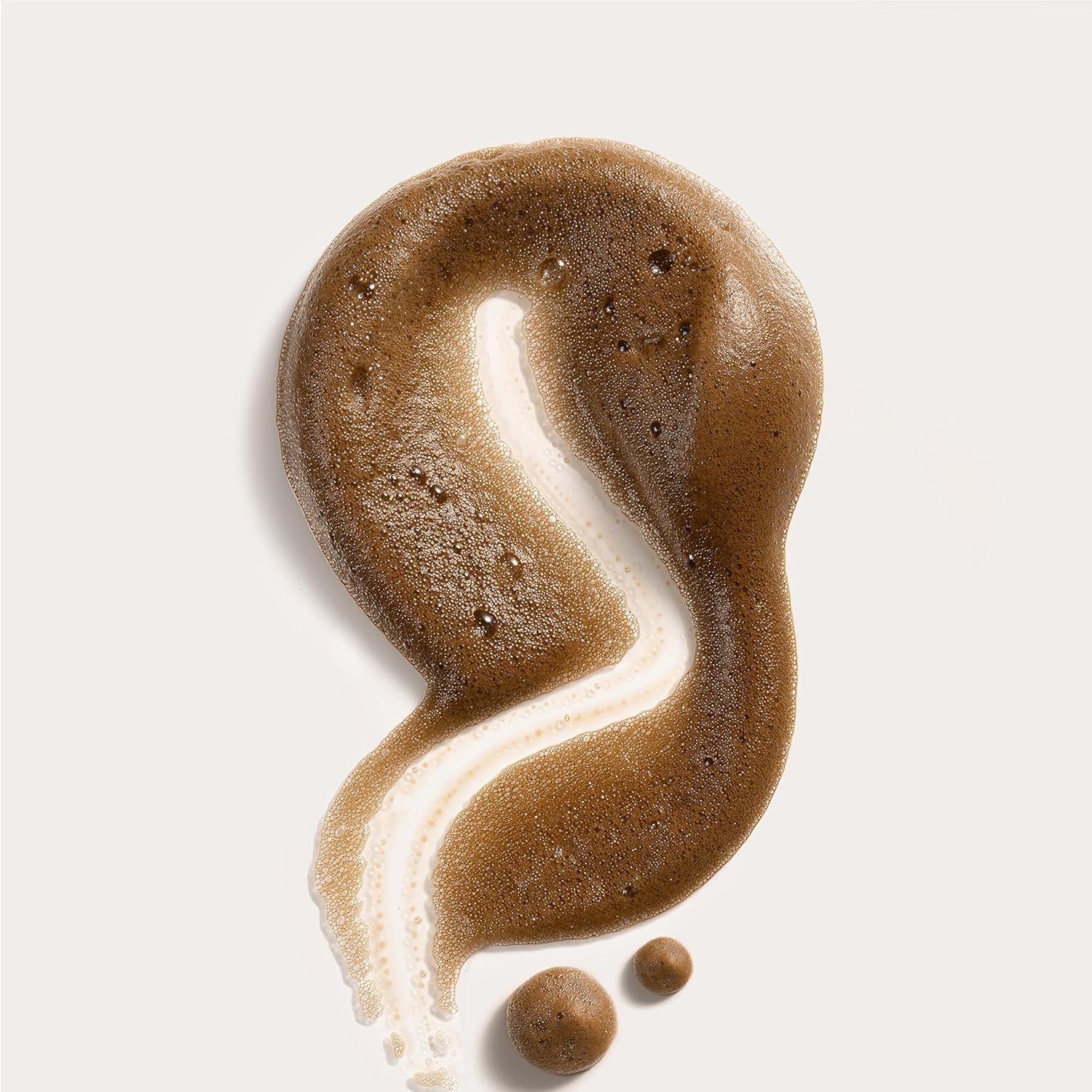
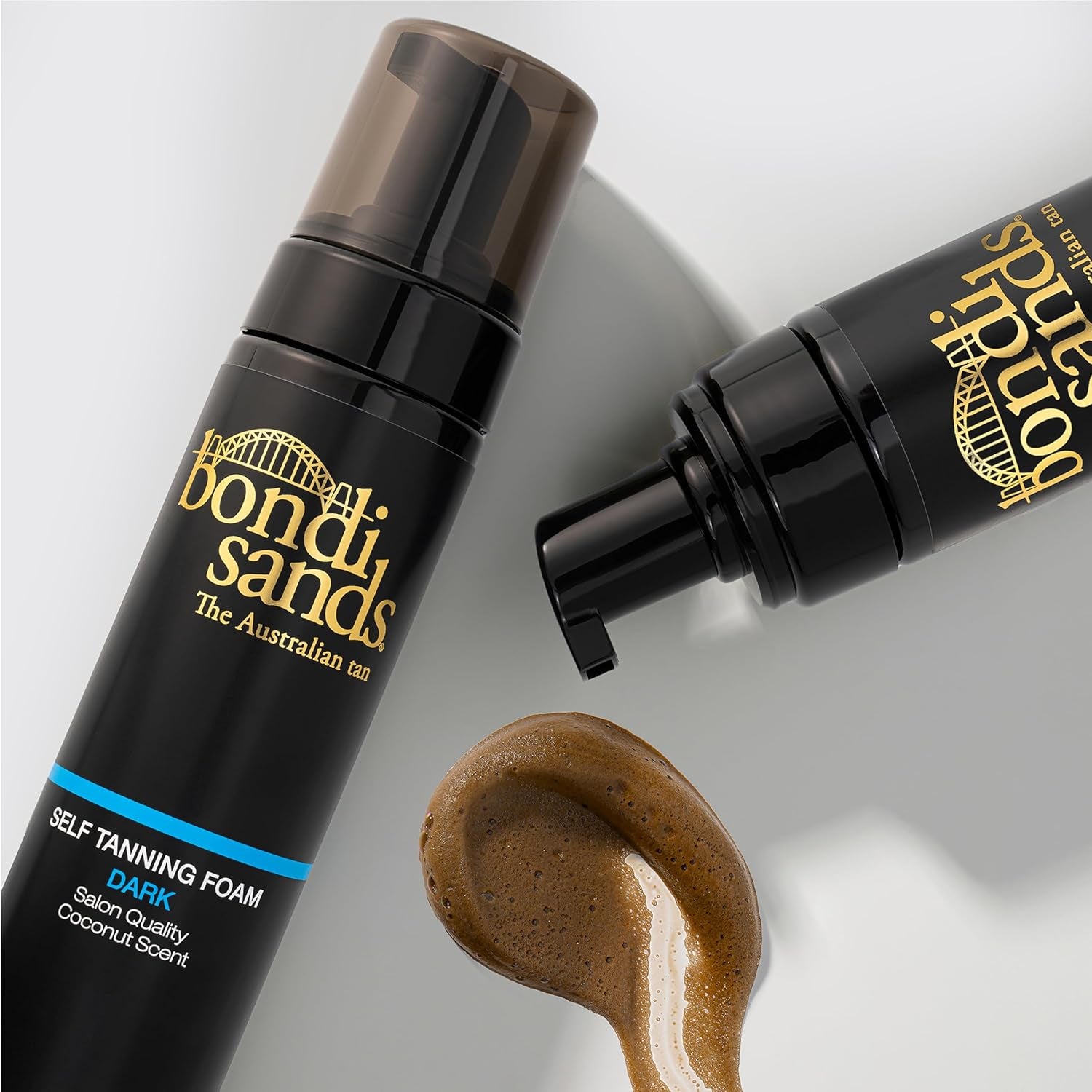
Bondi Sands Dark Self Tanning Foam - Flawless, Streak-Free Tan with Aloe & Coconut - 6.76 oz


Ethoxydiglycol
High RiskEthoxydiglycol is a small molecular weight synthetic compound commonly used as a solvent and humectant in cosmetic and personal care formulations. It enhances the solubility of active ingredients and improves product texture and application feel.
Sustai Insights
Ethoxydiglycol serves effectively as a solvent, enhancing ingredient solubility, while demonstrating low concerns for cancer, allergies, and reproductive toxicity. However, it faces high usage restrictions due to potential non-reproductive organ toxicity, and its environmental profile indicates possible pollution risks. Regulatory bodies have placed advisories on its use, leading to an overall high-risk assessment. Safe usage practices should be observed, and alternatives such as propylene glycol may provide safer options.
Dihydroxyacetone
High RiskDihydroxyacetone is an aliphatic ketone commonly used as a color additive in cosmetics, particularly in self-tanning products. It reacts with amino acids in the skin to produce a temporary brown color, mimicking a tan without exposure to UV radiation.
Sustai Insights
Dihydroxyacetone offers functional benefits as a skin-tanning agent without UV exposure, making it a safer alternative for achieving a bronzed appearance. However, it carries high use restrictions and is associated with low health risks such as irritation. Environmental concerns include its potential to contribute to pollution, while regulatory bodies may issue warnings regarding its use. Overall, the ingredient presents a high risk, necessitating careful consideration of usage practices and potential alternatives.
Fragrance
High RiskFragrance refers to a mixture of aromatic compounds used in products to provide scent. It is commonly listed as 'fragrance' or 'parfum' on product labels and can serve various functions, including enhancing user experience and masking undesirable odors.
Sustai Insights
Fragrance offers functional benefits by improving product appeal; however, it poses significant health risks, notably a high likelihood of causing allergies and allergic contact dermatitis. Environmental risks include potential pollution and endocrine disruption, though its overall carcinogenicity is low. Regulatory bodies have noted concerns regarding its use, leading to a high-risk classification. Safe usage practices should be observed, and alternatives such as natural essential oils are recommended for those sensitive to synthetic fragrances.
Benzyl Alcohol
High RiskBenzyl alcohol is a naturally occurring and synthetic aromatic alcohol commonly used as a solvent, preservative, and fragrance ingredient in various products. It is found in both plant sources and as a synthetic compound, functioning primarily to maintain product stability and enhance fragrance profiles.
Sustai Insights
Benzyl alcohol serves effectively as a preservative and solvent, contributing to product stability and sensory qualities. However, it poses potential health risks, particularly as an allergen, with high concern for immunotoxicity. Environmental risks include being a pollutant with low bioaccumulation potential. Regulatory agencies have established restrictions on its use in certain products. Overall, the risk level associated with benzyl alcohol is assessed as high, necessitating careful consideration of its use and potential alternatives.
Propylene Glycol
Medium RiskPropylene glycol is a small organic alcohol commonly used in cosmetics and personal care products as a humectant, solvent, and emulsifier. It helps retain moisture, enhances product texture, and aids in the delivery of active ingredients.
Sustai Insights
Propylene glycol serves vital functional benefits, including moisture retention and product stability. It is generally recognized as safe with low concerns for carcinogenicity and developmental toxicity. However, there may be moderate allergenic potential for some individuals. Environmentally, it poses minimal pollution risks and is not bioaccumulative. Regulatory bodies do not impose significant restrictions on its use. Overall, it presents a medium risk due to its allergenic potential and the need for cautious usage in sensitive populations.
Glycerin
Medium RiskGlycerin (also called glycerol) is a naturally occurring compound commonly used in personal care and cosmetic products. It functions as a humectant, attracting moisture to the skin, and is also utilized as a solvent and emollient to enhance product texture and stability.
Sustai Insights
Glycerin is valued for its effective moisturizing properties and biodegradability, making it a widely accepted ingredient in formulations. It poses low health risks, including low concerns for carcinogenicity and allergies. However, moderate use restrictions exist due to regulatory guidelines. While glycerin does not significantly contribute to environmental pollution, its production process should be ethically sourced. Overall, glycerin holds a medium risk level, emphasizing the importance of safe usage practices and considering sustainable alternatives.
Phenoxyethanol
Medium RiskPhenoxyethanol is a preservative used in cosmetics and personal care products to prevent microbial growth and extend shelf life. It is commonly found in formulations such as lotions, creams, and serums.
Sustai Insights
Phenoxyethanol serves effectively as a preservative, ensuring product stability and safety by inhibiting microbial growth. It is considered to have low health risks regarding carcinogenicity, allergies, and reproductive toxicity. However, moderate use restrictions exist, and regulatory bodies have advised caution in specific applications. Environmental concerns include its potential as a pollutant, although it is not highly bioaccumulative. Overall, the ingredient presents a medium risk level, with safe usage practices recommended and alternative preservatives available for those seeking greener options.
Tocopheryl Acetate
Medium RiskTocopheryl acetate is a chemical compound that serves primarily as a form of Vitamin E. It is used in cosmetic and personal care products for its antioxidant properties and to enhance skin stability and moisture.
Sustai Insights
Tocopheryl acetate is valued for its functional benefits, including acting as an antioxidant and skin conditioning agent. It is generally considered to have low carcinogenicity and reproductive toxicity risk, although it poses a moderate concern for allergies. Environmental risks are minimal, with no significant pollutant or bioaccumulation potential noted. Regulatory bodies have not imposed significant restrictions. Safe usage practices should be followed, particularly regarding enhanced skin absorption. Alternatives like natural Vitamin E may provide similar benefits with potentially lower allergenic properties. Overall, this ingredient presents a medium risk assessment.
Peg 5 Ethylhexanoate
Low RiskPEG-5 ethylhexanoate is a polyethylene glycol ester commonly used as an emollient and solvent in various cosmetic and personal care products. It helps to improve the texture and consistency of formulations, enhancing product spreadability and moisture retention.
Sustai Insights
PEG-5 ethylhexanoate serves as an effective emollient, improving product texture and moisture retention. It has a low potential for health risks, including low concerns for carcinogenicity, allergies, and reproductive toxicity. However, contamination concerns are noted, warranting careful sourcing. Environmentally, it poses low risks of pollution and bioaccumulation. Regulatory assessments indicate no significant restrictions, resulting in an overall low risk assessment. Safe usage involves adherence to recommended concentrations, and alternatives may include plant-based emollients for those seeking sustainable options.
Trideceth 9
Low RiskTrideceth-9 is a polyethylene glycol ether of tridecanol, commonly used as an emulsifier and surfactant in various cosmetic and personal care products. Its primary function is to help blend oil and water-based ingredients, enhancing product stability and texture.
Sustai Insights
Trideceth-9 serves effectively as an emulsifier, contributing to the stability of formulations. It is associated with low health risks, including low potential for cancer, allergies, and reproductive toxicity. Environmentally, it poses minimal risk, with no significant pollutant or bioaccumulation concerns. Regulatory bodies have noted low restrictions on its usage. Overall, it is assessed as low risk, making it a suitable choice in formulations.
Peg 12 Dimethicone
Low RiskPEG-12 Dimethicone is a synthetic polymer composed of polyethylene glycol and dimethicone. It functions primarily as a skin conditioning agent and emollient in cosmetic formulations, enhancing the texture and feel of products while providing moisture retention.
Sustai Insights
PEG-12 Dimethicone offers functional benefits such as effective skin conditioning and improved product texture. It is generally recognized as low risk for adverse health effects, including carcinogenicity and allergies. However, contamination concerns exist during production. Regulatory bodies have minimal restrictions on its use, marking it as low risk overall. Safe usage practices should be followed to mitigate any potential exposure risks, and alternatives like plant-based silicones may be considered for those seeking sustainable options.
Water
Low RiskWater is a clear, colorless liquid essential for various biological processes. It serves as a solvent in formulations, facilitating the dissolution of other ingredients and enhancing product texture and application. Additionally, water plays a crucial role in hydration and is a key component in many cosmetic and personal care products.
Sustai Insights
Water is an effective solvent and hydrator, contributing to the texture and efficacy of formulations. It is biodegradable and generally regarded as safe, with low concerns regarding carcinogenicity, allergies, and reproductive toxicity. However, excessive water usage can lead to environmental concerns, particularly regarding resource depletion. Regulatory bodies do not impose restrictions on water use in cosmetics. Overall, the risks associated with water are low, making it a safe and essential ingredient.
Panthenol
Low RiskPanthenol, a derivative of vitamin B5, is commonly used in cosmetic formulations for its moisturizing and skin-conditioning properties. It acts as a humectant, helping to retain moisture in the skin and hair, thereby improving hydration and texture.
Sustai Insights
Panthenol offers functional benefits such as effective hydration and skin conditioning, making it valuable in various cosmetic products. It is considered low risk regarding health impacts, with minimal concerns about carcinogenicity, allergies, or reproductive toxicity. Environmental risks are also low, with no significant pollutant or bioaccumulation potential. Regulatory bodies have not imposed restrictions on its use. Safe usage practices include adhering to recommended concentrations. Alternatives like glycerin may provide similar moisturizing benefits, but overall, panthenol is assessed as a low-risk ingredient.
Disodium Edta
Low RiskDisodium EDTA (ethylenediaminetetraacetic acid) is a chelating agent commonly used in cosmetics and personal care products to bind metal ions and enhance product stability. It helps prevent the deterioration of formulations by minimizing the effects of trace metals, thus improving the overall efficacy and shelf life of the product.
Sustai Insights
Disodium EDTA serves as an effective stabilizer and preservative in various formulations, aiding in the prevention of product degradation. It is considered to have low health risks, with minimal concerns regarding carcinogenicity, allergies, or reproductive toxicity. Environmentally, it is not classified as a significant pollutant or bioaccumulative substance. Regulatory bodies, including the FDA, have noted its safe use in specified concentrations. Overall, the ingredient is assessed to have a low risk profile, with no major health or environmental concerns, making it a reliable choice for product formulation.
Butylene Glycol
Low RiskButylene glycol (1,3-butanediol) is a small organic compound commonly used as a solvent, humectant, and skin-conditioning agent in cosmetic and personal care products. It facilitates the absorption of other ingredients and enhances the texture of formulations, contributing to product stability and efficacy.
Sustai Insights
Butylene glycol is valued for its role as a humectant and solvent, improving product texture and moisture retention. It has low concerns for carcinogenicity, allergenic potential, and developmental toxicity. However, moderate irritation risks to skin, eyes, or lungs exist. Environmentally, it is not considered bioaccumulative, and regulatory bodies, including the FDA, do not impose significant restrictions. Overall, the ingredient presents a low risk, with recommended safe usage practices and no widely recognized sustainable alternatives.
Aloe Barbadensis (Aloe Vera) Leaf Juice
Low RiskAloe barbadensis (aloe vera) leaf juice is derived from the succulent aloe vera plant, known for its hydrating and soothing properties. It is commonly used in cosmetic formulations for its moisturizing effects and is often included in products aimed at skin care and healing.
Sustai Insights
Aloe vera leaf juice offers functional benefits as a moisturizer and skin soothing agent, while being sustainably sourced and biodegradable. Health risks are low, with minimal concerns regarding carcinogenicity, allergies, and reproductive toxicity. Environmental impact is also low, with no significant pollutants identified. Regulatory agencies impose few restrictions. Overall, the ingredient poses a low risk, making it a favorable choice in cosmetic formulations.
Propylene Glycol
Medium RiskPropylene glycol is a small organic alcohol commonly used in cosmetics and personal care products as a humectant, solvent, and emulsifier. It helps retain moisture, enhances product texture, and aids in the delivery of active ingredients.
Sustai Insights
Propylene glycol serves vital functional benefits, including moisture retention and product stability. It is generally recognized as safe with low concerns for carcinogenicity and developmental toxicity. However, there may be moderate allergenic potential for some individuals. Environmentally, it poses minimal pollution risks and is not bioaccumulative. Regulatory bodies do not impose significant restrictions on its use. Overall, it presents a medium risk due to its allergenic potential and the need for cautious usage in sensitive populations.
Peg 5 Ethylhexanoate
Low RiskPEG-5 ethylhexanoate is a polyethylene glycol ester commonly used as an emollient and solvent in various cosmetic and personal care products. It helps to improve the texture and consistency of formulations, enhancing product spreadability and moisture retention.
Sustai Insights
PEG-5 ethylhexanoate serves as an effective emollient, improving product texture and moisture retention. It has a low potential for health risks, including low concerns for carcinogenicity, allergies, and reproductive toxicity. However, contamination concerns are noted, warranting careful sourcing. Environmentally, it poses low risks of pollution and bioaccumulation. Regulatory assessments indicate no significant restrictions, resulting in an overall low risk assessment. Safe usage involves adherence to recommended concentrations, and alternatives may include plant-based emollients for those seeking sustainable options.
Ethoxydiglycol
High RiskEthoxydiglycol is a small molecular weight synthetic compound commonly used as a solvent and humectant in cosmetic and personal care formulations. It enhances the solubility of active ingredients and improves product texture and application feel.
Sustai Insights
Ethoxydiglycol serves effectively as a solvent, enhancing ingredient solubility, while demonstrating low concerns for cancer, allergies, and reproductive toxicity. However, it faces high usage restrictions due to potential non-reproductive organ toxicity, and its environmental profile indicates possible pollution risks. Regulatory bodies have placed advisories on its use, leading to an overall high-risk assessment. Safe usage practices should be observed, and alternatives such as propylene glycol may provide safer options.
Trideceth 9
Low RiskTrideceth-9 is a polyethylene glycol ether of tridecanol, commonly used as an emulsifier and surfactant in various cosmetic and personal care products. Its primary function is to help blend oil and water-based ingredients, enhancing product stability and texture.
Sustai Insights
Trideceth-9 serves effectively as an emulsifier, contributing to the stability of formulations. It is associated with low health risks, including low potential for cancer, allergies, and reproductive toxicity. Environmentally, it poses minimal risk, with no significant pollutant or bioaccumulation concerns. Regulatory bodies have noted low restrictions on its usage. Overall, it is assessed as low risk, making it a suitable choice in formulations.
Dihydroxyacetone
High RiskDihydroxyacetone is an aliphatic ketone commonly used as a color additive in cosmetics, particularly in self-tanning products. It reacts with amino acids in the skin to produce a temporary brown color, mimicking a tan without exposure to UV radiation.
Sustai Insights
Dihydroxyacetone offers functional benefits as a skin-tanning agent without UV exposure, making it a safer alternative for achieving a bronzed appearance. However, it carries high use restrictions and is associated with low health risks such as irritation. Environmental concerns include its potential to contribute to pollution, while regulatory bodies may issue warnings regarding its use. Overall, the ingredient presents a high risk, necessitating careful consideration of usage practices and potential alternatives.
Peg 12 Dimethicone
Low RiskPEG-12 Dimethicone is a synthetic polymer composed of polyethylene glycol and dimethicone. It functions primarily as a skin conditioning agent and emollient in cosmetic formulations, enhancing the texture and feel of products while providing moisture retention.
Sustai Insights
PEG-12 Dimethicone offers functional benefits such as effective skin conditioning and improved product texture. It is generally recognized as low risk for adverse health effects, including carcinogenicity and allergies. However, contamination concerns exist during production. Regulatory bodies have minimal restrictions on its use, marking it as low risk overall. Safe usage practices should be followed to mitigate any potential exposure risks, and alternatives like plant-based silicones may be considered for those seeking sustainable options.
Water
Low RiskWater is a clear, colorless liquid essential for various biological processes. It serves as a solvent in formulations, facilitating the dissolution of other ingredients and enhancing product texture and application. Additionally, water plays a crucial role in hydration and is a key component in many cosmetic and personal care products.
Sustai Insights
Water is an effective solvent and hydrator, contributing to the texture and efficacy of formulations. It is biodegradable and generally regarded as safe, with low concerns regarding carcinogenicity, allergies, and reproductive toxicity. However, excessive water usage can lead to environmental concerns, particularly regarding resource depletion. Regulatory bodies do not impose restrictions on water use in cosmetics. Overall, the risks associated with water are low, making it a safe and essential ingredient.
Glycerin
Medium RiskGlycerin (also called glycerol) is a naturally occurring compound commonly used in personal care and cosmetic products. It functions as a humectant, attracting moisture to the skin, and is also utilized as a solvent and emollient to enhance product texture and stability.
Sustai Insights
Glycerin is valued for its effective moisturizing properties and biodegradability, making it a widely accepted ingredient in formulations. It poses low health risks, including low concerns for carcinogenicity and allergies. However, moderate use restrictions exist due to regulatory guidelines. While glycerin does not significantly contribute to environmental pollution, its production process should be ethically sourced. Overall, glycerin holds a medium risk level, emphasizing the importance of safe usage practices and considering sustainable alternatives.
Fragrance
High RiskFragrance refers to a mixture of aromatic compounds used in products to provide scent. It is commonly listed as 'fragrance' or 'parfum' on product labels and can serve various functions, including enhancing user experience and masking undesirable odors.
Sustai Insights
Fragrance offers functional benefits by improving product appeal; however, it poses significant health risks, notably a high likelihood of causing allergies and allergic contact dermatitis. Environmental risks include potential pollution and endocrine disruption, though its overall carcinogenicity is low. Regulatory bodies have noted concerns regarding its use, leading to a high-risk classification. Safe usage practices should be observed, and alternatives such as natural essential oils are recommended for those sensitive to synthetic fragrances.
Panthenol
Low RiskPanthenol, a derivative of vitamin B5, is commonly used in cosmetic formulations for its moisturizing and skin-conditioning properties. It acts as a humectant, helping to retain moisture in the skin and hair, thereby improving hydration and texture.
Sustai Insights
Panthenol offers functional benefits such as effective hydration and skin conditioning, making it valuable in various cosmetic products. It is considered low risk regarding health impacts, with minimal concerns about carcinogenicity, allergies, or reproductive toxicity. Environmental risks are also low, with no significant pollutant or bioaccumulation potential. Regulatory bodies have not imposed restrictions on its use. Safe usage practices include adhering to recommended concentrations. Alternatives like glycerin may provide similar moisturizing benefits, but overall, panthenol is assessed as a low-risk ingredient.
Disodium Edta
Low RiskDisodium EDTA (ethylenediaminetetraacetic acid) is a chelating agent commonly used in cosmetics and personal care products to bind metal ions and enhance product stability. It helps prevent the deterioration of formulations by minimizing the effects of trace metals, thus improving the overall efficacy and shelf life of the product.
Sustai Insights
Disodium EDTA serves as an effective stabilizer and preservative in various formulations, aiding in the prevention of product degradation. It is considered to have low health risks, with minimal concerns regarding carcinogenicity, allergies, or reproductive toxicity. Environmentally, it is not classified as a significant pollutant or bioaccumulative substance. Regulatory bodies, including the FDA, have noted its safe use in specified concentrations. Overall, the ingredient is assessed to have a low risk profile, with no major health or environmental concerns, making it a reliable choice for product formulation.
Benzyl Alcohol
High RiskBenzyl alcohol is a naturally occurring and synthetic aromatic alcohol commonly used as a solvent, preservative, and fragrance ingredient in various products. It is found in both plant sources and as a synthetic compound, functioning primarily to maintain product stability and enhance fragrance profiles.
Sustai Insights
Benzyl alcohol serves effectively as a preservative and solvent, contributing to product stability and sensory qualities. However, it poses potential health risks, particularly as an allergen, with high concern for immunotoxicity. Environmental risks include being a pollutant with low bioaccumulation potential. Regulatory agencies have established restrictions on its use in certain products. Overall, the risk level associated with benzyl alcohol is assessed as high, necessitating careful consideration of its use and potential alternatives.
Phenoxyethanol
Medium RiskPhenoxyethanol is a preservative used in cosmetics and personal care products to prevent microbial growth and extend shelf life. It is commonly found in formulations such as lotions, creams, and serums.
Sustai Insights
Phenoxyethanol serves effectively as a preservative, ensuring product stability and safety by inhibiting microbial growth. It is considered to have low health risks regarding carcinogenicity, allergies, and reproductive toxicity. However, moderate use restrictions exist, and regulatory bodies have advised caution in specific applications. Environmental concerns include its potential as a pollutant, although it is not highly bioaccumulative. Overall, the ingredient presents a medium risk level, with safe usage practices recommended and alternative preservatives available for those seeking greener options.
Butylene Glycol
Low RiskButylene glycol (1,3-butanediol) is a small organic compound commonly used as a solvent, humectant, and skin-conditioning agent in cosmetic and personal care products. It facilitates the absorption of other ingredients and enhances the texture of formulations, contributing to product stability and efficacy.
Sustai Insights
Butylene glycol is valued for its role as a humectant and solvent, improving product texture and moisture retention. It has low concerns for carcinogenicity, allergenic potential, and developmental toxicity. However, moderate irritation risks to skin, eyes, or lungs exist. Environmentally, it is not considered bioaccumulative, and regulatory bodies, including the FDA, do not impose significant restrictions. Overall, the ingredient presents a low risk, with recommended safe usage practices and no widely recognized sustainable alternatives.
Tocopheryl Acetate
Medium RiskTocopheryl acetate is a chemical compound that serves primarily as a form of Vitamin E. It is used in cosmetic and personal care products for its antioxidant properties and to enhance skin stability and moisture.
Sustai Insights
Tocopheryl acetate is valued for its functional benefits, including acting as an antioxidant and skin conditioning agent. It is generally considered to have low carcinogenicity and reproductive toxicity risk, although it poses a moderate concern for allergies. Environmental risks are minimal, with no significant pollutant or bioaccumulation potential noted. Regulatory bodies have not imposed significant restrictions. Safe usage practices should be followed, particularly regarding enhanced skin absorption. Alternatives like natural Vitamin E may provide similar benefits with potentially lower allergenic properties. Overall, this ingredient presents a medium risk assessment.
Aloe Barbadensis (Aloe Vera) Leaf Juice
Low RiskAloe barbadensis (aloe vera) leaf juice is derived from the succulent aloe vera plant, known for its hydrating and soothing properties. It is commonly used in cosmetic formulations for its moisturizing effects and is often included in products aimed at skin care and healing.
Sustai Insights
Aloe vera leaf juice offers functional benefits as a moisturizer and skin soothing agent, while being sustainably sourced and biodegradable. Health risks are low, with minimal concerns regarding carcinogenicity, allergies, and reproductive toxicity. Environmental impact is also low, with no significant pollutants identified. Regulatory agencies impose few restrictions. Overall, the ingredient poses a low risk, making it a favorable choice in cosmetic formulations.
Experience the sun-kissed glow of Bondi Sands Dark Self Tanning Foam, a lightweight formula enriched with aloe vera and coconut for a natural, streak-free tan. Ideal for eco-conscious consumers seeking a healthier tanning option, this self-tanner dries quickly and is easy to apply.
- Natural Ingredients: Infused with aloe vera and coconut, this foam nourishes the skin while delivering a beautiful bronzed finish.
- Quick Dry Formula: Enjoy a flawless tan without the wait; this self-tanner dries in seconds, making it perfect for on-the-go applications.
- Streak-Free Application: Achieve an even tan effortlessly with the weightless foam that glides on smoothly, ensuring no streaks or patches.
- Versatile Use: Suitable for all skin types, this self-tanner allows you to control your glow—wash off after one hour for a lighter shade or leave on for a deeper tan.
- Eco-Friendly Choice: Bondi Sands prioritizes sustainability, using ingredients that are kind to your skin and the planet, making it an ideal choice for health-conscious consumers.
Subscribe & Save with Sustai
- Best Price Guarantee: Always enjoy the lowest prices on sustainable home essentials.
- No Surprises: We’ll notify you before shipping. No hidden fees, ever.
- You’re in Charge: Change, pause, or cancel your subscription anytime with ease.
- Eco-Friendly Deliveries: Our grouped shipments mean less packaging and lower emissions.
Join us on a sustainable journey. Special offers for a limited time! Prices and promotions may change.
Recommended Products
Experience the sun-kissed glow of Bondi Sands Dark Self Tanning Foam, a lightweight formula enriched with aloe vera and coconut for a natural, streak-free tan. Ideal for eco-conscious consumers seeking a healthier tanning option, this self-tanner dries quickly and is easy to apply.
- Natural Ingredients: Infused with aloe vera and coconut, this foam nourishes the skin while delivering a beautiful bronzed finish.
- Quick Dry Formula: Enjoy a flawless tan without the wait; this self-tanner dries in seconds, making it perfect for on-the-go applications.
- Streak-Free Application: Achieve an even tan effortlessly with the weightless foam that glides on smoothly, ensuring no streaks or patches.
- Versatile Use: Suitable for all skin types, this self-tanner allows you to control your glow—wash off after one hour for a lighter shade or leave on for a deeper tan.
- Eco-Friendly Choice: Bondi Sands prioritizes sustainability, using ingredients that are kind to your skin and the planet, making it an ideal choice for health-conscious consumers.

You can have at most 2 Sustainable Steals products in your cart
Customer Reviews
This product is rated 5.0 of 5.0 stars.
It has received 2 reviews.
